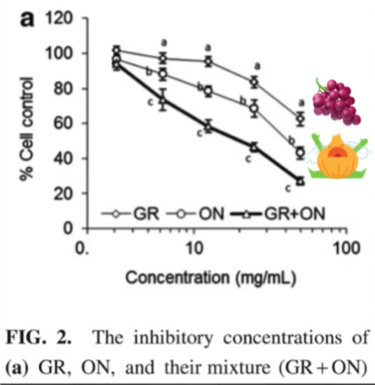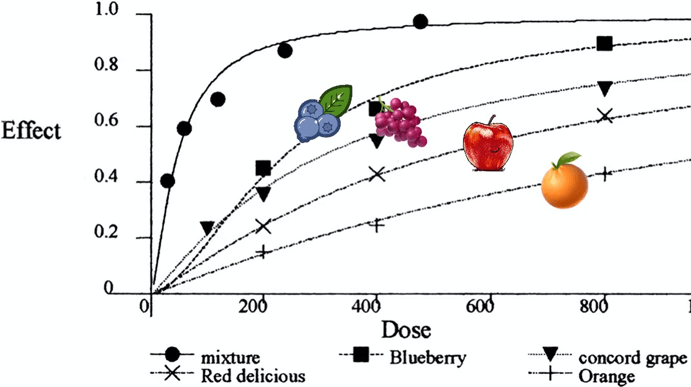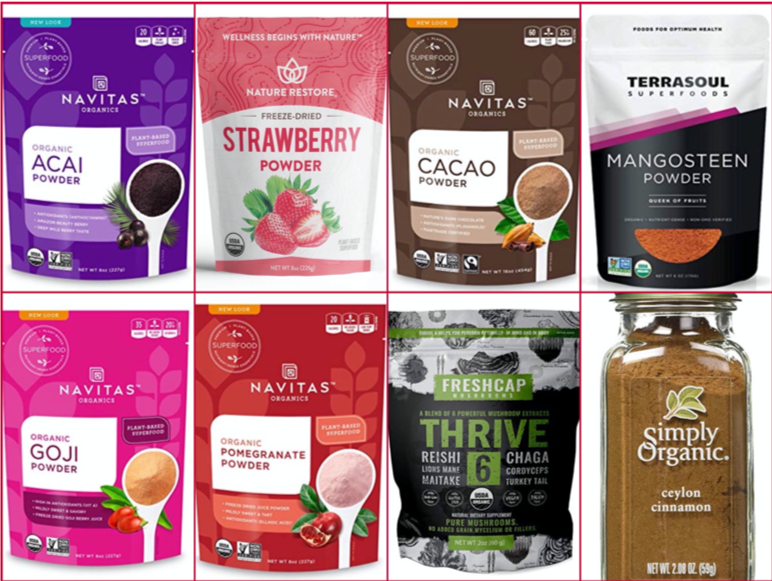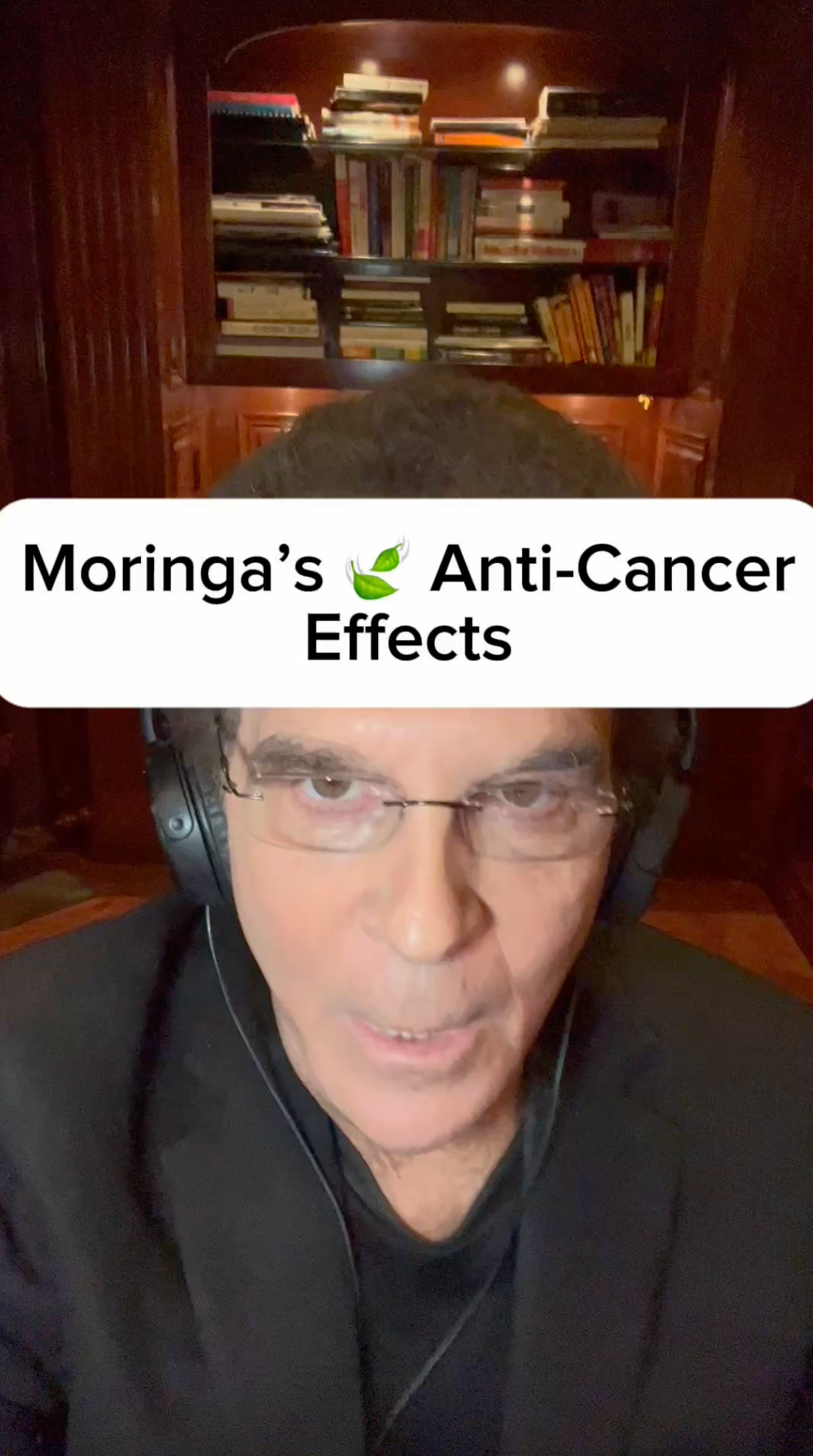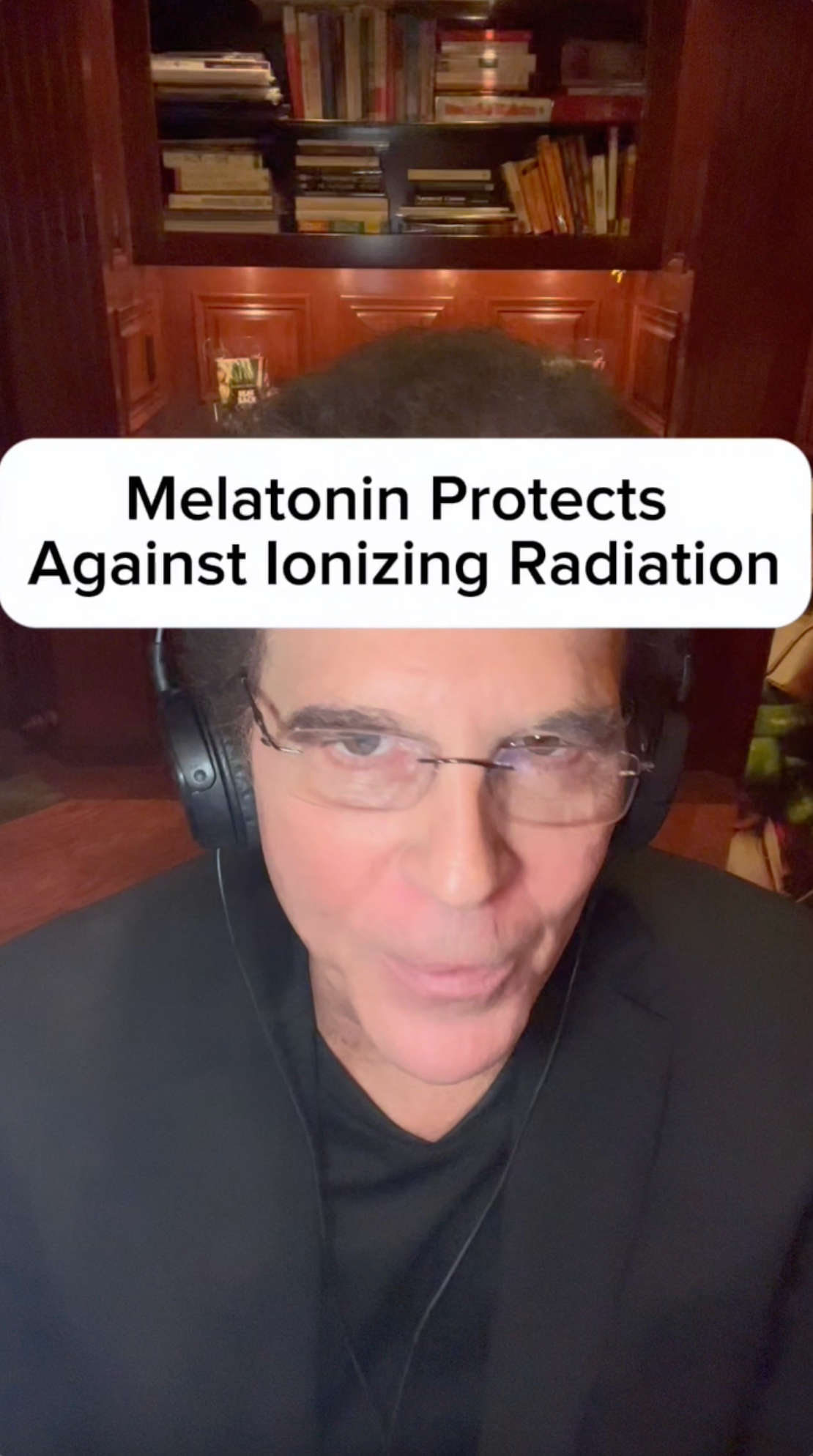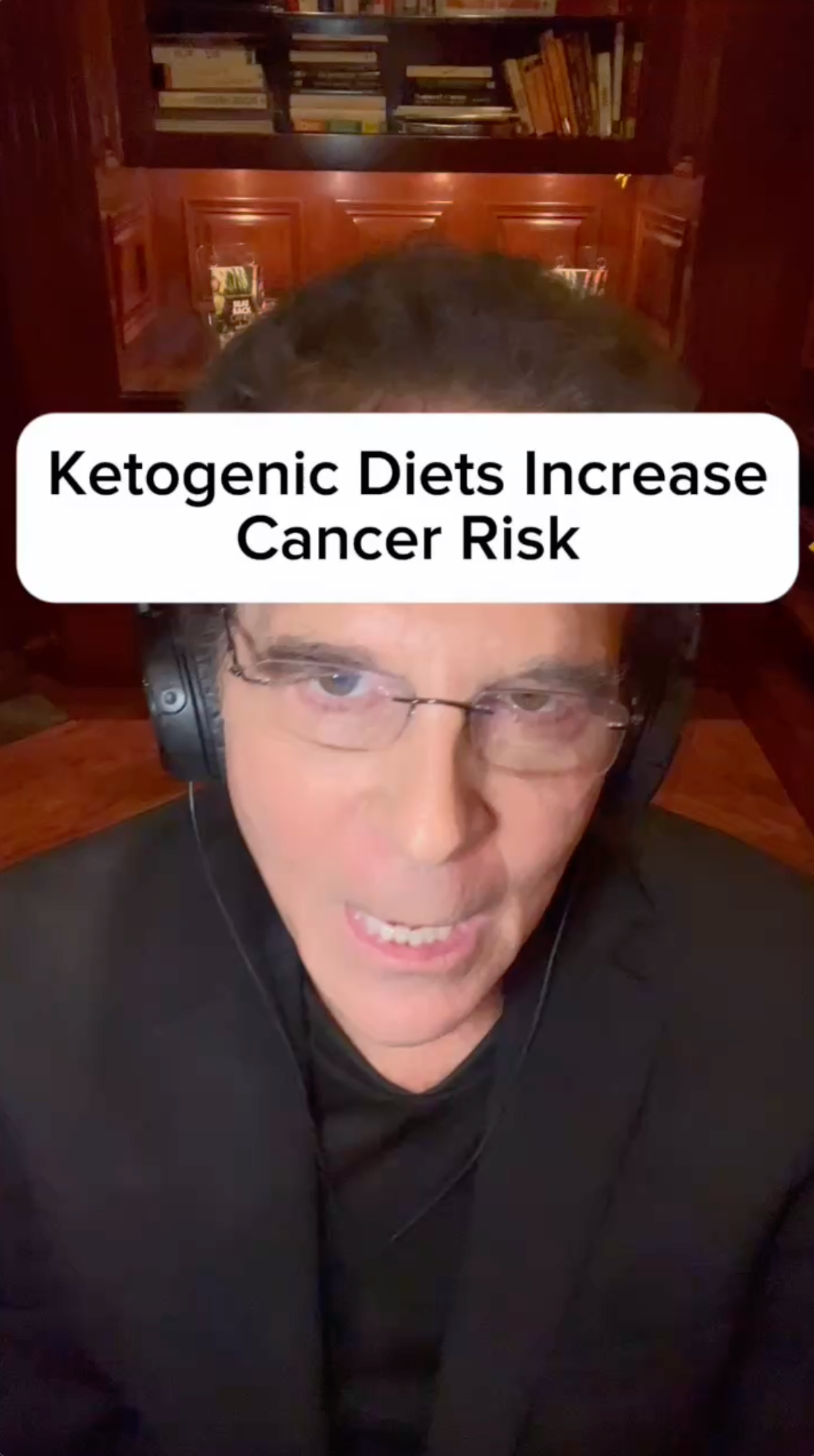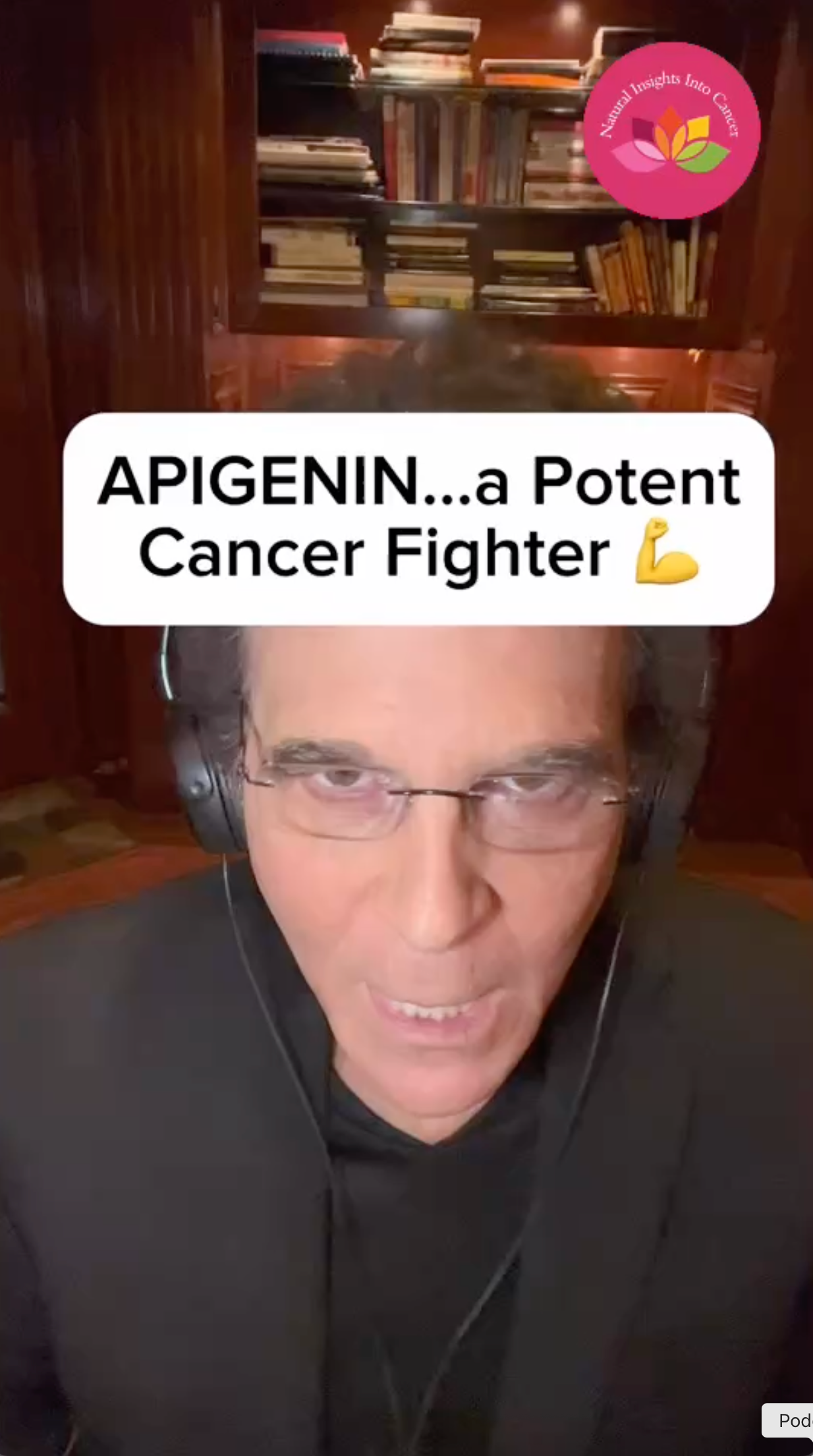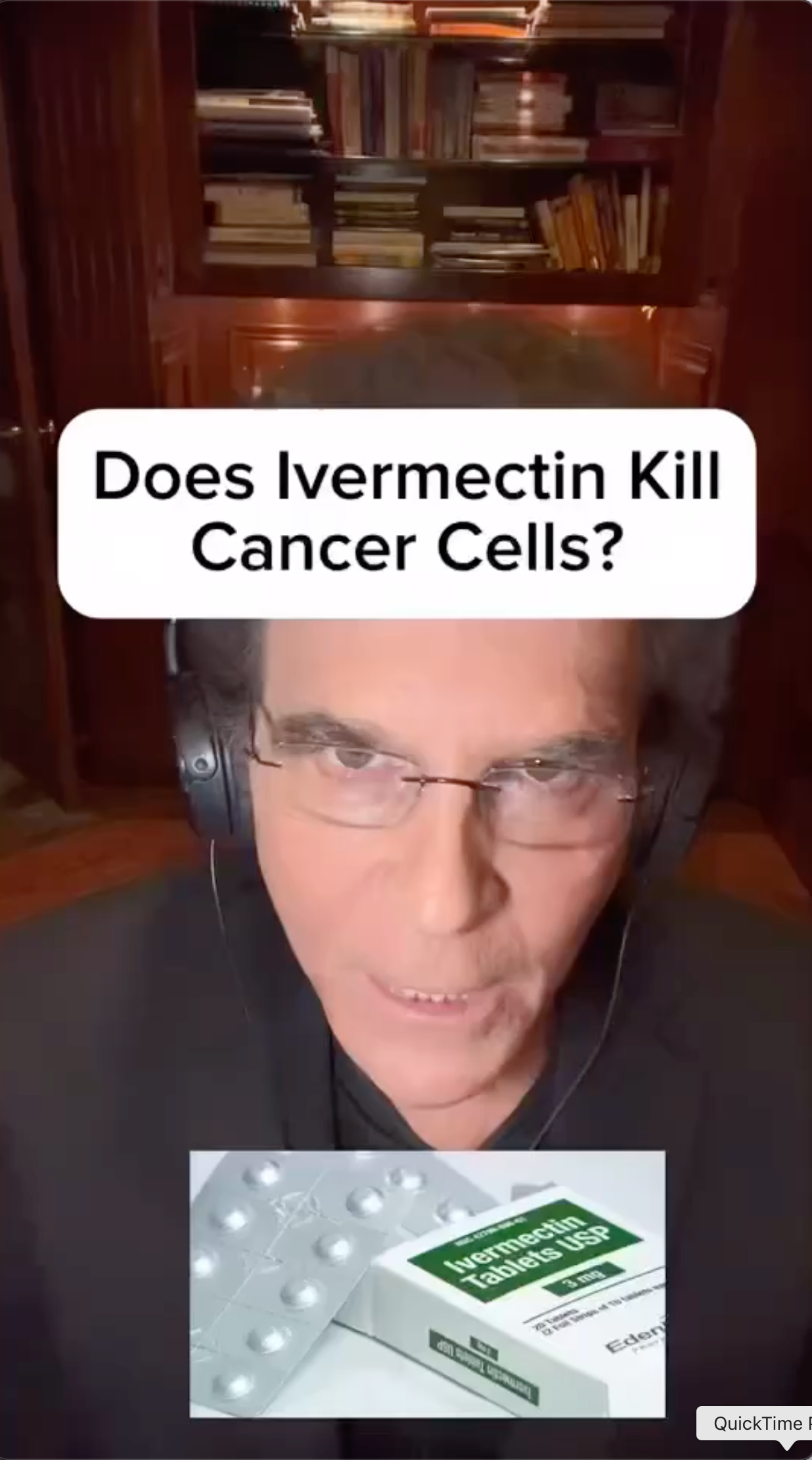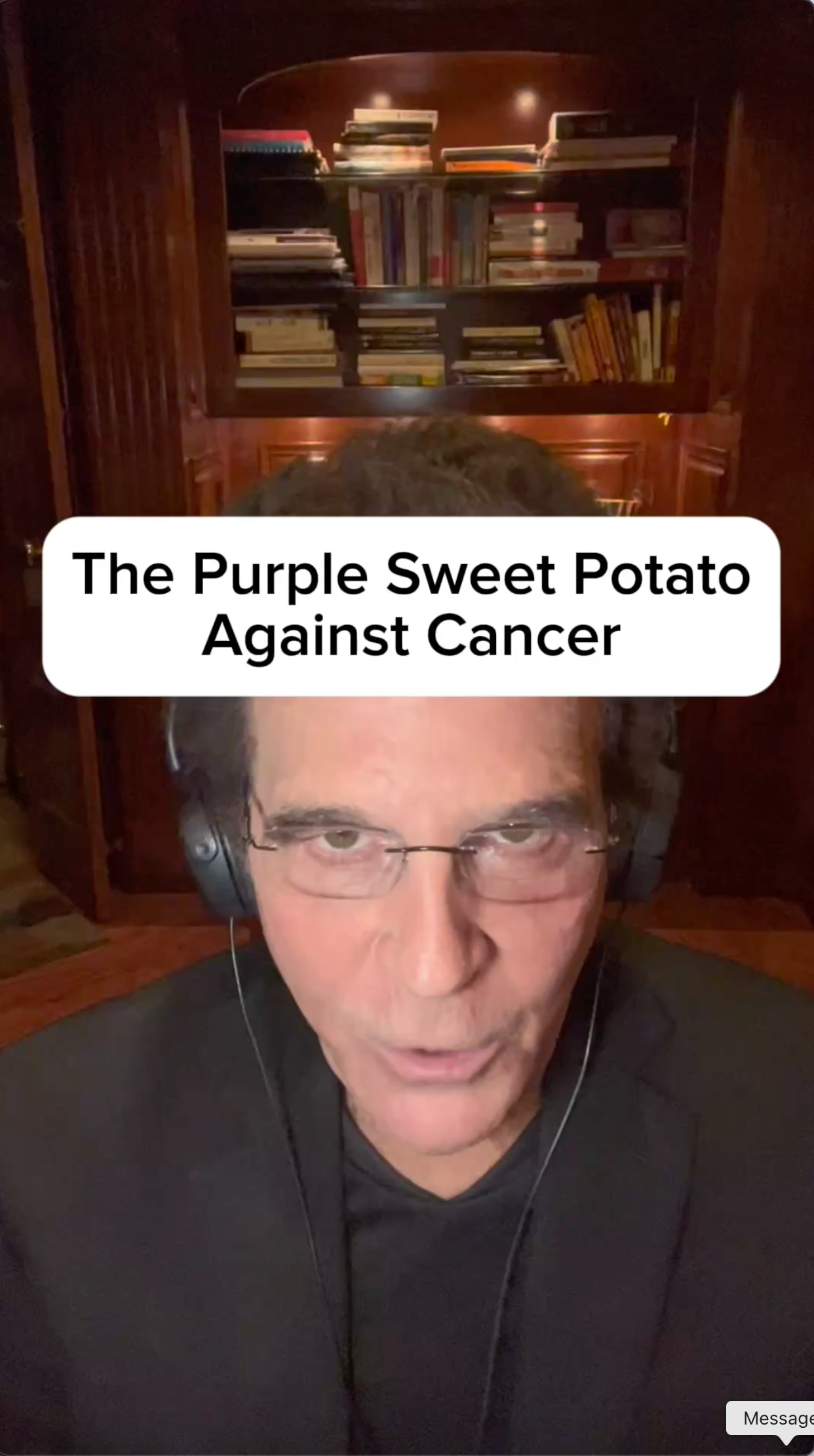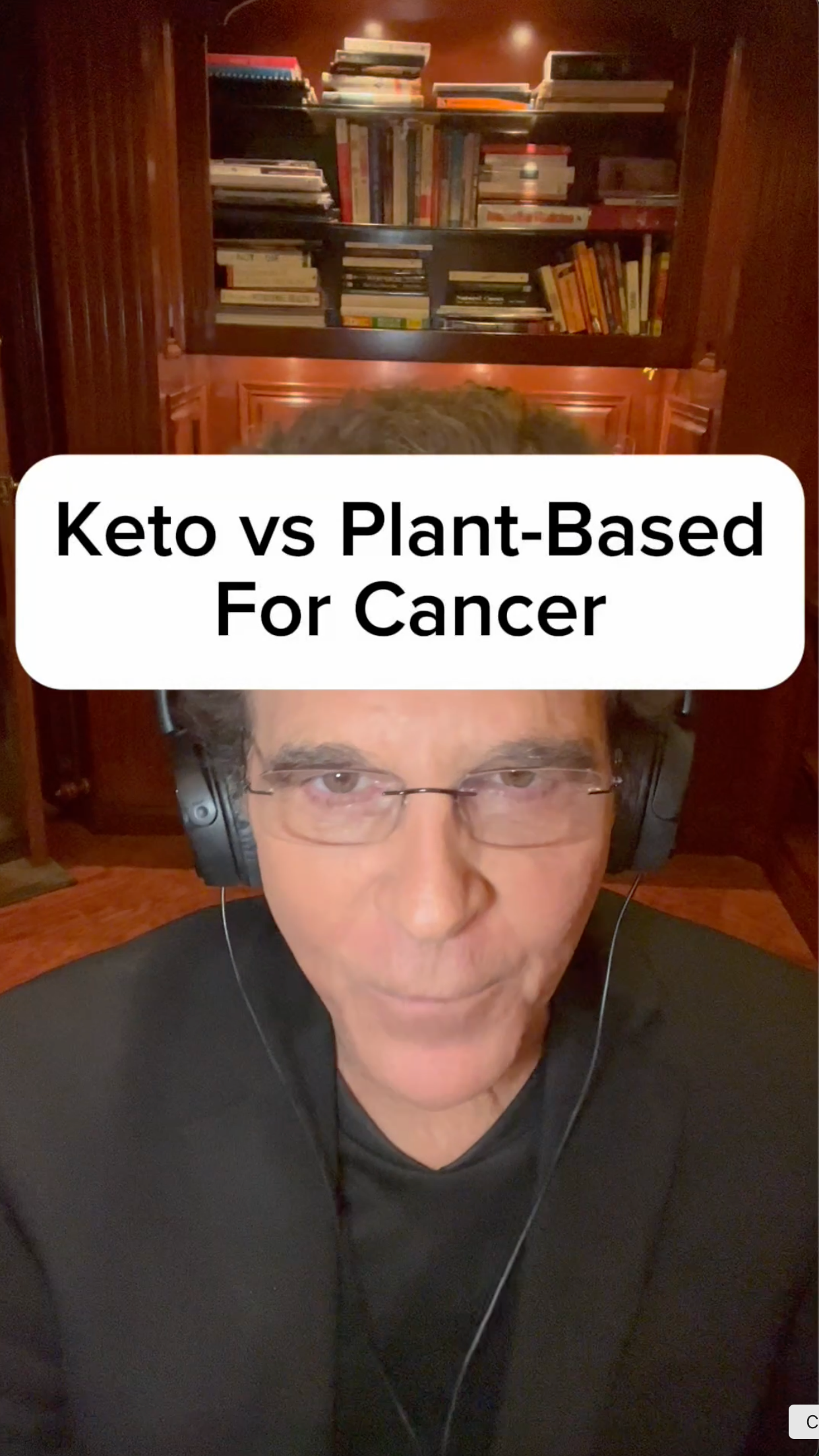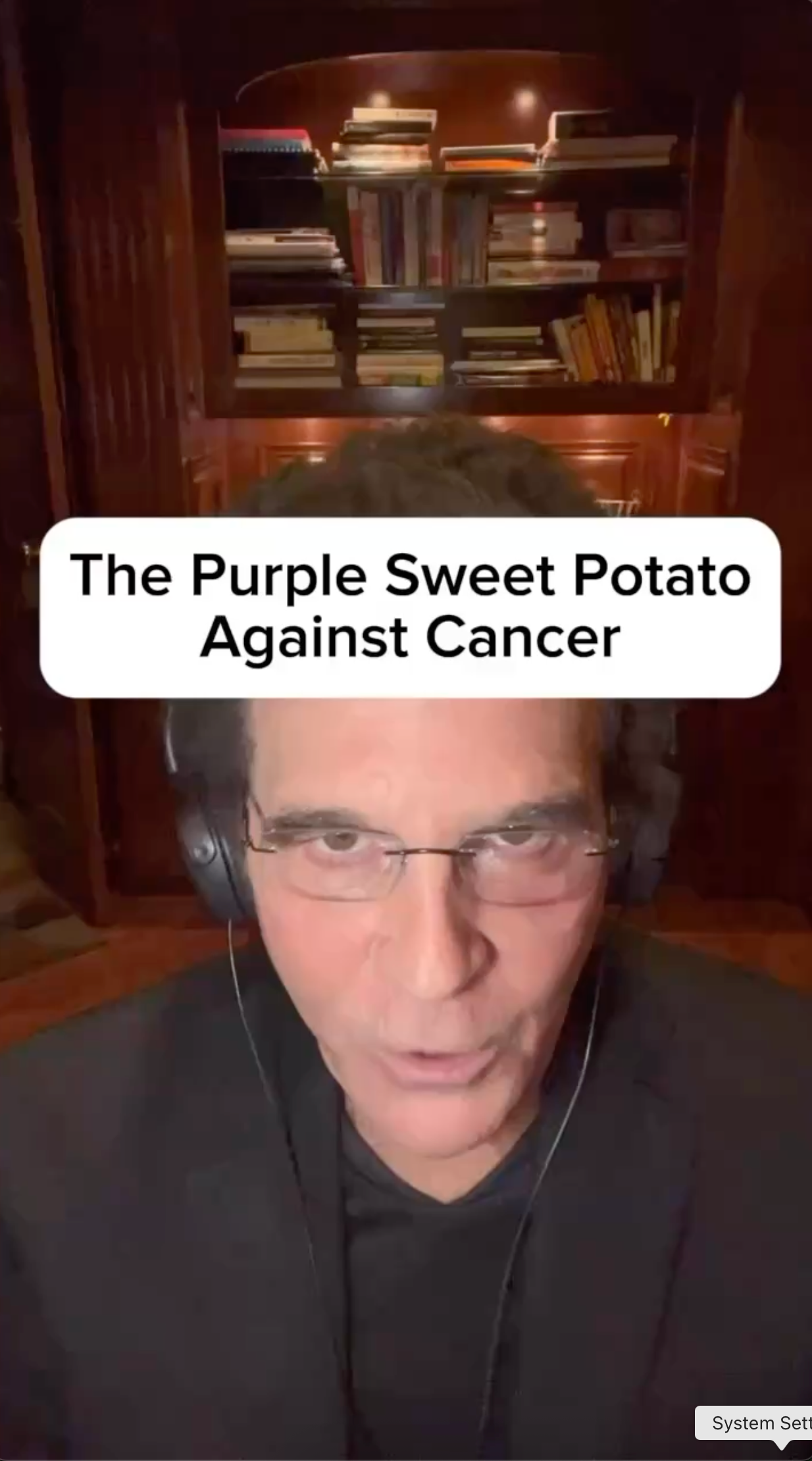The Incredible Synergy of Plant Phytochemicals
Dominic A. Brandy, MD • December 27, 2019
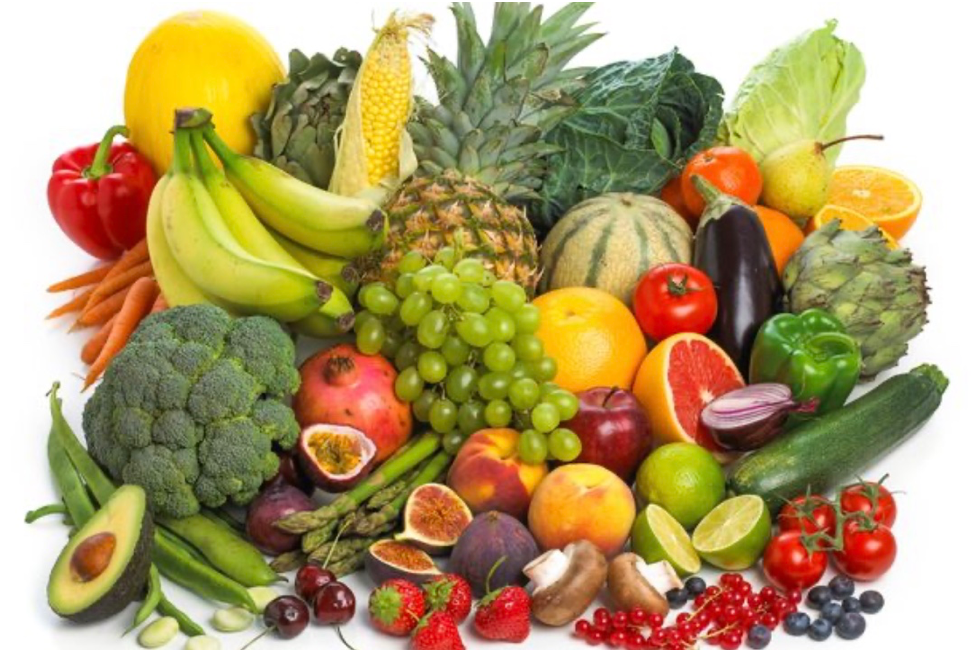
There are 25,000+ phytochemicals that will never make it onto the side of a cereal box but may play a major role in reducing the risk of cancer. Whole-plant foods have consistently demonstrated protective effects against cancer, so it’s reasonable for scientists to try to find the “magic bullet” active ingredient that can be sold in a pill. The fact is, however that “pills cannot mimic this balanced natural combination of thousands of phytochemicals present in fruits and vegetables.” When isolated out, the compound may lose its activity or behave differently. The antioxidant and anti-cancer activities of plant foods are thought to derive from the “additive and synergistic effects of phytochemicals in fruits and vegetables,” meaning that the whole is greater than the sum of its parts. This helps explain why a pill can’t replace the complex combination and interactions of phytochemicals present in whole-plant foods. Let’s discuss.
Our cells are constantly exposed to a variety of free radicals (molecules with an unpaired electron). As I discussed at length in my book Beat Back Cancer Naturally
there are trillions of these free radicals formed every day from normal metabolism in our energy-producing organelles called our “mitochondria”. There are 3 innate-cellular antioxidants (catalase, superoxide dismutase, glutathione peroxidase) that normally keep this oxidative free-radical activity under control (by contributing an electron), however, by eating a Standard American Diet (high meat, dairy and processed foods) there can develop free-radical overload that our innate antioxidants and the antioxidants that we consume cannot keep up with. This excessive free-radical activity can cause permanent oxidative damage to our proteins, enzymes and most importantly our DNA, resulting in an increased risk of cancer.
Cancer formation is a multistep process and it has been demonstrated in study after study that free-radical damage is correlated with the formation of cancer through multiple mechanisms. Free-radical DNA damage when not restored to normal by our DNA-repair mechanisms, leads to DNA-base mutation, single and double-strand DNA breaks, DNA cross-linking, and chromosomal breakage and rearrangement. To prevent or slow this free-radical damage to our genes sufficient amounts of antioxidants compounds in plants called “phytochemicals” are needed to protect our cellular systems from free-radical damage which lowers our risk of cancer and chronic diseases.
The Power of Plant Phytochemicals
This cancer-inducing, free-radical damage has been shown in many studies to be prevented or severely limited by the consumption of fruits and vegetables. Studies to date have exhibited that over 25,000 phytochemicals exist in fruits, vegetables, legumes, whole grains, nuts, seeds, and spices and have complex complementary and overlapping mechanisms of action. These include scavenging of free radicals; regulation of gene expression to keep cellular proliferation in check; maintaining proper cellular differentiation; suppressing cancer-causing oncogenes; increasing expression of cancer-protective, tumor-suppressor genes; induction of cancer cell-cycle arrest and apoptosis (cancer cell suicide); modulation of enzyme activities in detoxification, oxidation and reduction of carcinogens; stimulation of the immune system; regulation of hormone metabolism in a positive way, and controlling our antibacterial and antiviral immune activity. Mind-blowing!!!
Strong epidemiological evidence suggests that regular consumption of fruits and vegetables can significantly reduce cancer risk. Dr. Block and his research group [1]
reviewed over 200 epidemiological studies that examined the relationship between the ingestion of fruits and vegetables and cancer of the lung, colon, breast, cervix, esophagus, oral cavity, stomach, bladder, pancreas, and ovary. In 128 of 156 dietary studies, the consumption of fruits and vegetables was validated to have a protective effect. The risk of cancer was 2-fold higher in people with a low intake of fruits and vegetables compared to those with high intake. Significant protection was found in 24 of 25 studies for lung cancer. Fruits were dramatically protective against cancer of the esophagus, oral cavity and larynx. Fruits and vegetables were protective for cancer of the pancreas and stomach in 26 of 30 studies and for colorectal and bladder cancer in 23 of 38 studies.
A prospective study involving 9,959 men and women in Finland demonstrated an inverse relationship between the intake of flavonoids and the incidence of cancer at all sites combined [2]. After a 24-year followup, the risk of lung cancer was reduced by 50% in those consuming the most flavonols. The consumption of quercetin from onions and apples persuasively lowered lung cancer risk. The effect of onions was especially potent against squamous-cell carcinoma.
Dr. Boyle and his research group performed a study that exhibited increased blood levels of quercetin after a meal of onions created increased resistance to DNA mutations and decreased free-radical metabolites in the urine [3].
The Power of Phytochemical Synergy
Not only do plants have thousands of different phytochemicals, they each have entirely different phytonutrient profiles. Studies are showing that when eating different foods together there is a synergistic effect. Essentially, 2 + 2 = 7. Eating beta-carotene in carrot form, for example, is more beneficial than in pill form because of all the other compounds in the carrot that may synergize with the beta-carotene. Well, when we dip that carrot in hummus, we suddenly have the thousands of carrot compounds mixing with the thousands of chickpea compounds. So what happens if we mix different fruits with different vegetables or different beans?
One study investigated this very concept. The researchers observed the antioxidant powers of raspberries and adzuki beans alone and combined [4]. If there were a strictly additive effect, the expected combined antioxidant power would simply be that of the raspberries plus that of the adzuki beans. However, the observed combined antioxidant power was actually much greater than the sum of one plus the other.
What about cancer-fighting effects? The study was repeated [4], but this time, different combinations of food were dripped on breast cancer cells growing in a petri dish. For some foods, the same synergistic effects were found. Grapes, for example, can suppress the growth of breast cancer cells about 30 percent, but onions worked even better, cutting breast cancer cell growth in half. One would assume that if we added half the grapes with half the onion, we’d get a result somewhere in the middle between the two. Instead, the researchers found that cancer cell growth was suppressed by up to 70% that combination (figure below). The whole plus the whole was greater than the sum of the whole.
In another study [5]
the combination of orange, apple, grape and blueberry displayed a synergistic effect in antioxidant activity (figure below). You can see from the chart that the combination of fruits (top line) created a greater antioxidant effect than each alone. In scientific terms “the median effective dose (EC50) of each fruit after combination was 5X lower than the EC50 of each fruit alone, suggesting a potent synergistic effect upon combining the 4 fruits”.
Another study published in the Archives of Biochemical Biophysiology, the researchers looked at the antioxidant activity of curcumin, tomato extract, and vitamin E and also found a persuasive synergistic effect when the 3 were combined (figure below).
In 2003 Temple and Gladwin [5]
reviewed more than 200 cohort and case-control studies that provided risk ratios concerning fruits and vegetables and the risk of cancer. They concluded that cancer prevention is best accomplished by consumption of a wide variety of plant foods, although one group of plants may dominant for a specific cancer. Furthermore, health benefits from eating a variety of plant foods extends beyond lowering the risk of cancer development. Benefits also include cardiovascular disease, cataracts, age-related macular degeneration, central brain diseases and diabetes.
In my personal fight against cancer I use freeze-dried powders to get some extra punch to fight cancer....not to just prevent it. Many call this “hyper-nourishing” which I think is required when you are battling a disease as formidable as cancer. In my previous blog I showed that 6 tablespoons of freeze-dried strawberry powder was the same as eating 1.3 pounds of strawberries! Below is a photo of what I place into my morning organic, light-roast cf and decaf coffees (photo below). Remember from my previous post that freeze-dried powders maintain all of the phytochemicals, but the water has been eliminated. Most fruits and vegetables have 90-95% water.
In 2003 Temple and Gladwin [5]
reviewed more than 200 cohort and case-control studies that provided risk ratios concerning fruits and vegetables and the risk of cancer. They concluded that cancer prevention is best accomplished by consumption of a wide variety of plant foods, although one group of plants may dominant for a specific cancer. Furthermore, health benefits from eating a variety of plant foods extends beyond lowering the risk of cancer development. Benefits also include cardiovascular disease, cataracts, age-related macular degeneration, central brain diseases and diabetes.
In my personal fight against cancer I use freeze-dried powders to get some extra punch to fight cancer....not to just prevent it. Many call this “hyper-nourishing” which I think is required when you are battling a disease as formidable as cancer. In my previous blog I showed that 6 tablespoons of freeze-dried strawberry powder was the same as eating 1.3 pounds of strawberries! Below is a photo of what I place into my morning organic, light-roast cf and decaf coffees (photo below). Remember from my previous post that freeze-dried powders maintain all of the phytochemicals, but the water has been eliminated. Most fruits and vegetables have 90-95% water.
REFERENCES
- Block G, Patterson B, Subar A. Fruit, vegetables and cancer prevention: a review of the epidemiological evidence. Nutr Cancer 1992 18:1-29.
- Knekt P et al. Dietary flavonoids and the risk of lung cancer and other malignant neoplasms. Am J Epidemiol 1997 144:223-230.
- Boyle S et al. Absorption and DNA protective effects of flavonoid glycosides from an onion meal. Eur J Nutr 2000 39:213-223.
- Kakadu W, Tsao R. Synergistic, additive and antagonistic effects of food mixtures on total antioxidant capacities. J Agric Food Chem 2001 59;960-968.
- Wang S et al. Antioxidant capacity of food mixtures is not correlated with their antiproliferative activity against MCF-7 breast cancer cells. J Med Food 2013 16(12):1138-1145.
Natural Insights Into Cancer Blog
If you like our blog, you'll love our book.
BEAT BACK CANCER NATURALLY is based on 5 scientifically proven ways that require you first get educated. You’ll make a plan which is laid out for you in a simple fashion. If you follow my steps you will gain a feeling of empowerment over your cancer and will not only survive but thrive.

